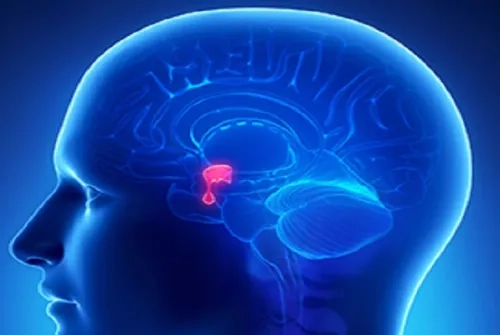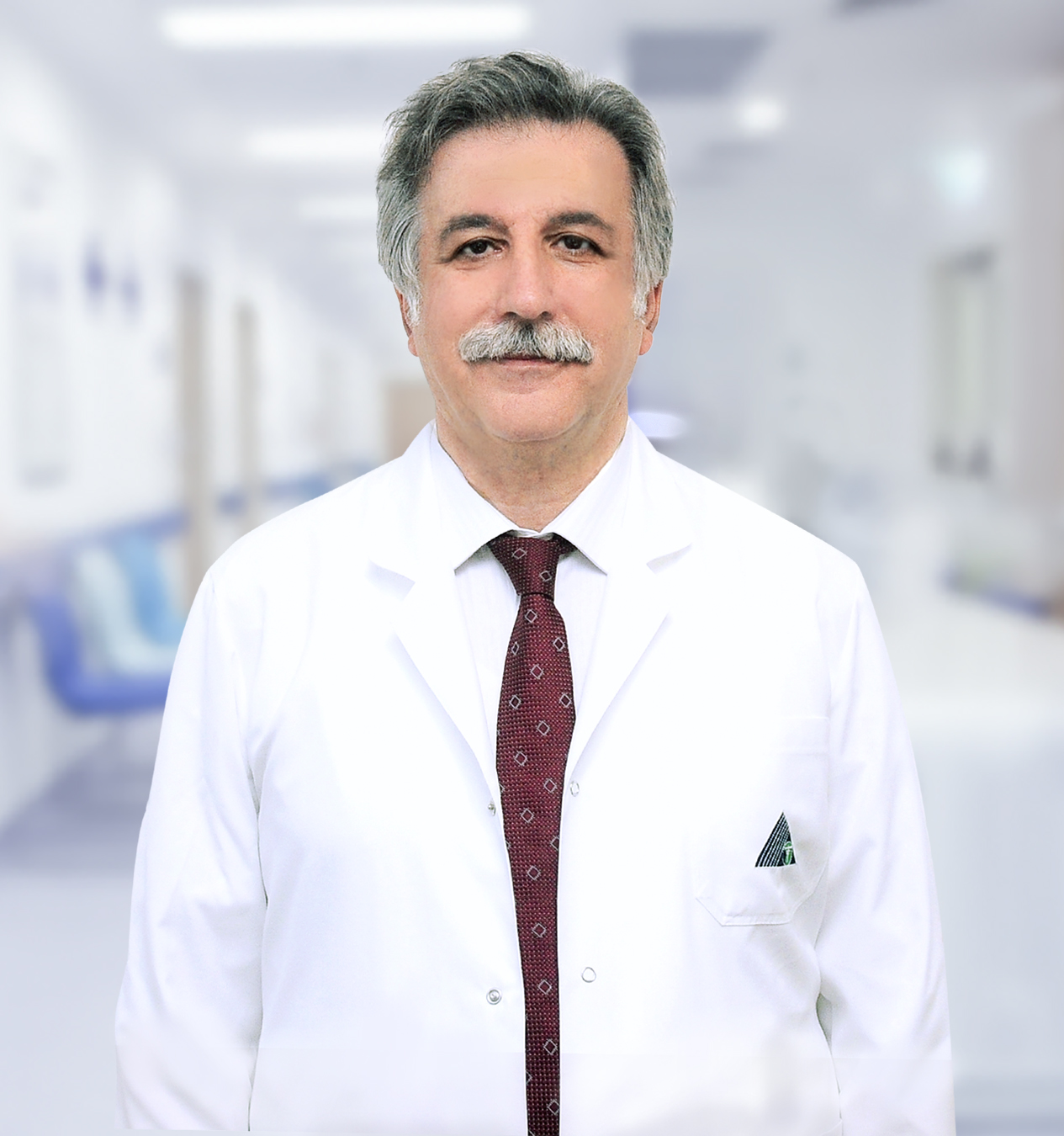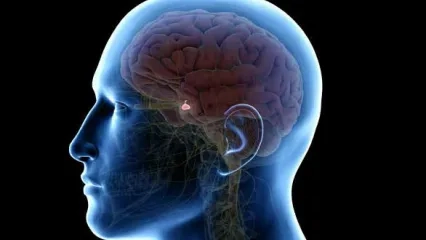Acromegaly
It is a disease that develops due to excessive secretion of growth hormones. Although it can occur at any age, it is most commonly seen in adults between the ages of 30-50. In case of exposure to excessive amounts of growth hormone before the growth plates close, “gigantism” develops.
Therefore, excessive height growth should be given attention in growing children. In the adult period, there is no increase in height, structural changes are in the foreground, and the disease is called "acromegaly". Although it manifests itself with different symptoms in childhood and adulthood, acromegaly also poses a risk in terms of serious health problems such as diabetes, high blood pressure, heart diseases, and deterioration in lung functions.
What Are the Symptoms of Acromegaly?
Growth is observed in the hands, feet, and many parts of the body. Shoes and rings start to look small. Coarsening of the facial lines, protrusion of the lower jaw and forehead, widening of the tooth gaps, enlargement of the nose, lips, and tongue, fat deposition and thickening in the skin, sweating, visual impairment, and headache are among the symptoms of acromegaly. Symptoms of acromegaly can be quite distressing for patients. In addition to physical symptoms, weakness, fatigue, loss of libido and changes in body image may also negatively affect the psychology of the patient.
One of the most important symptoms of acromegaly is the growth seen in many parts of the body, including the hands and feet. Shoes and rings start to look small. Other symptoms include coarsening of the facial lines, protrusion of the lower jaw and forehead, widening of the tooth gaps, enlargement of the nose, lips, and tongue, fat deposition and thickening in the skin, sweating, visual impairment, and headache.
Because the symptoms usually progress very slowly, the patient may not be aware of them, and the diagnosis is often made late.
Acromegaly Treatment
The vast majority of patients with acromegaly regain their health with the correct diagnosis and appropriate treatment. There are three types of treatment approaches: medication treatment, surgical treatment, and radiation treatment. Surgical treatment is the first approach for the majority of patients. Medication treatment is applied to patients who cannot undergo surgery or who do not get successful results despite surgical treatment. Today, there are highly effective medications used in the treatment of acromegaly. The main purpose of the treatment of acromegaly is to reduce the growth hormone and IGF-I levels to normal levels and to reduce the tumor mass. In cases where these goals cannot be achieved with surgery and drug treatment, radiation treatment is applied. Today, there are very advanced technologies in radiation treatment and they are used successfully in our country.




